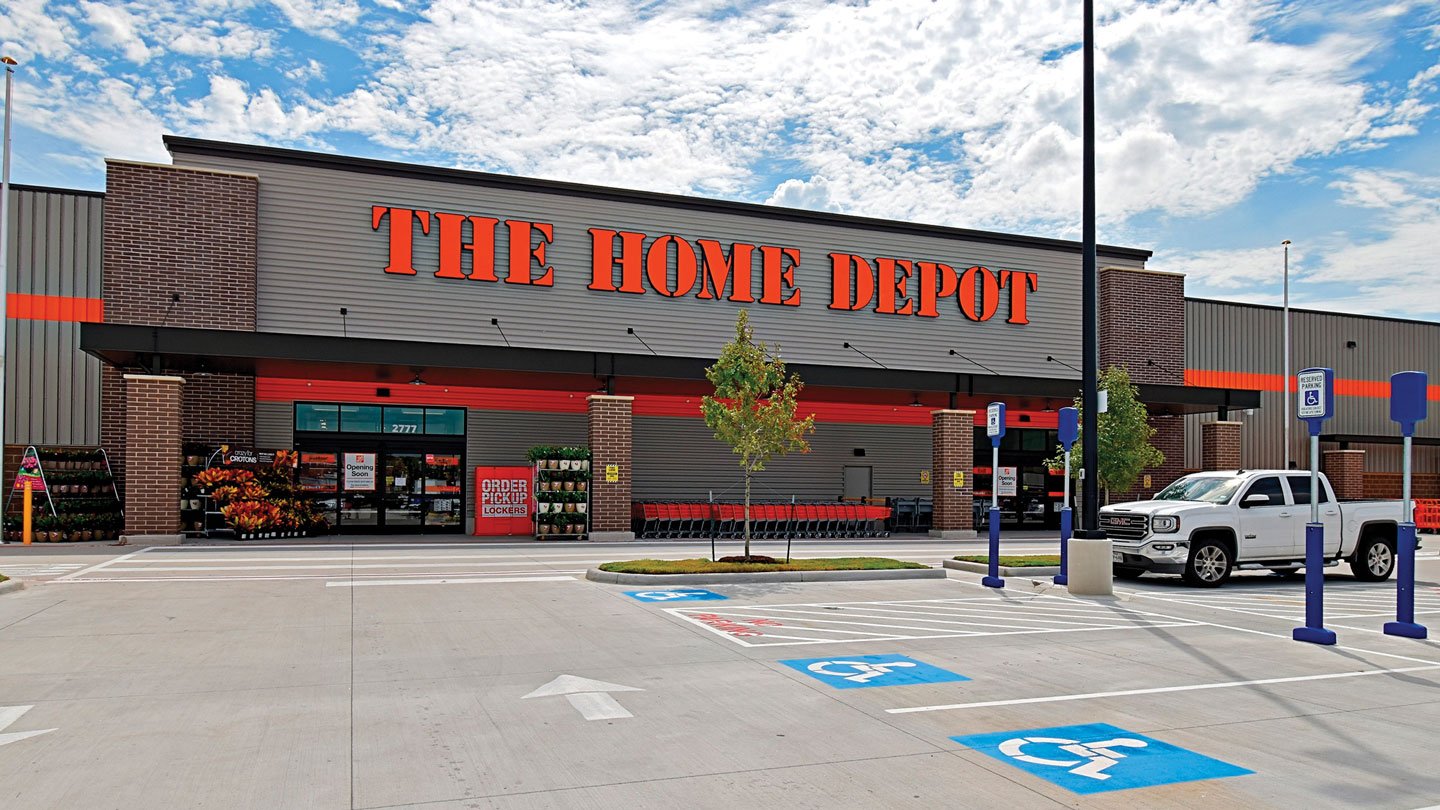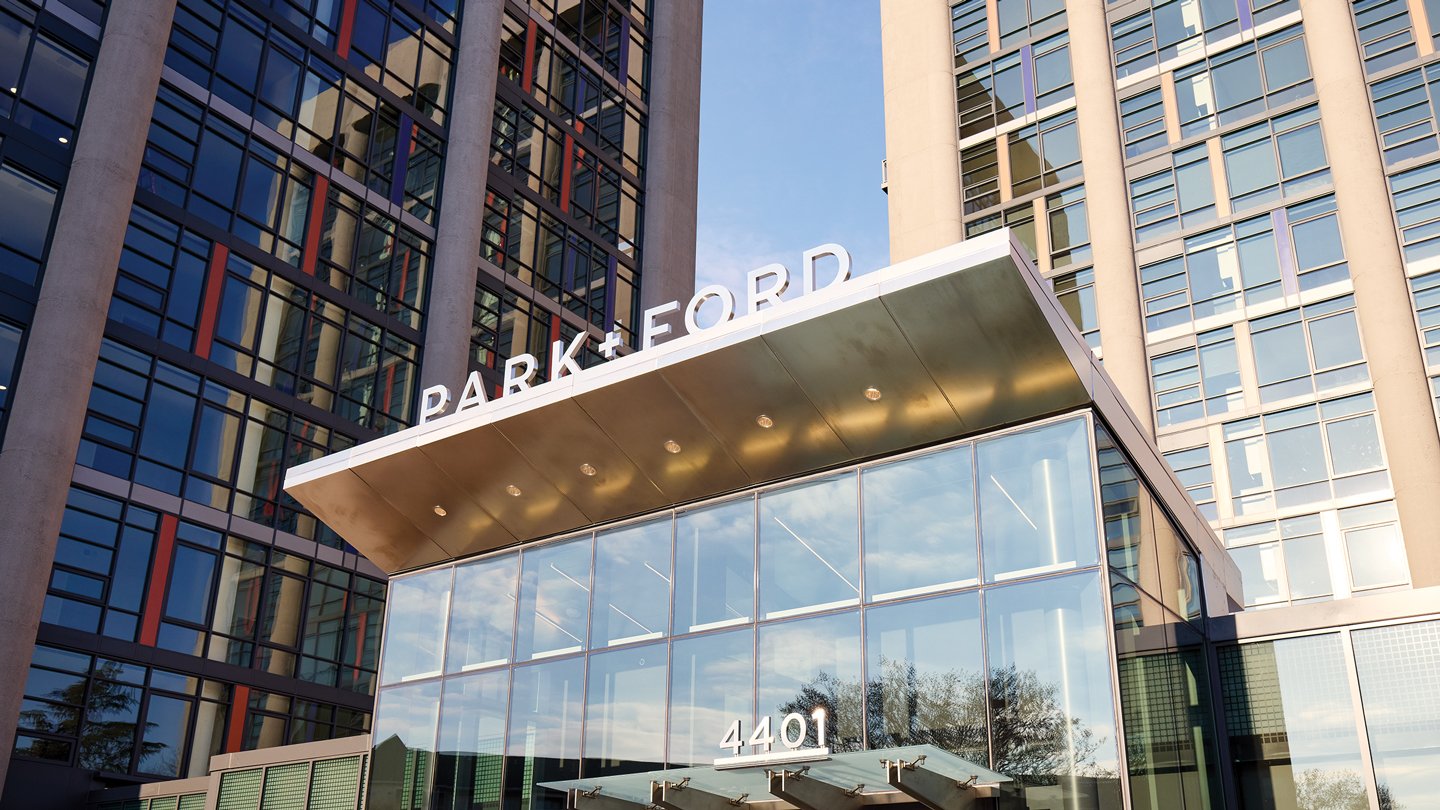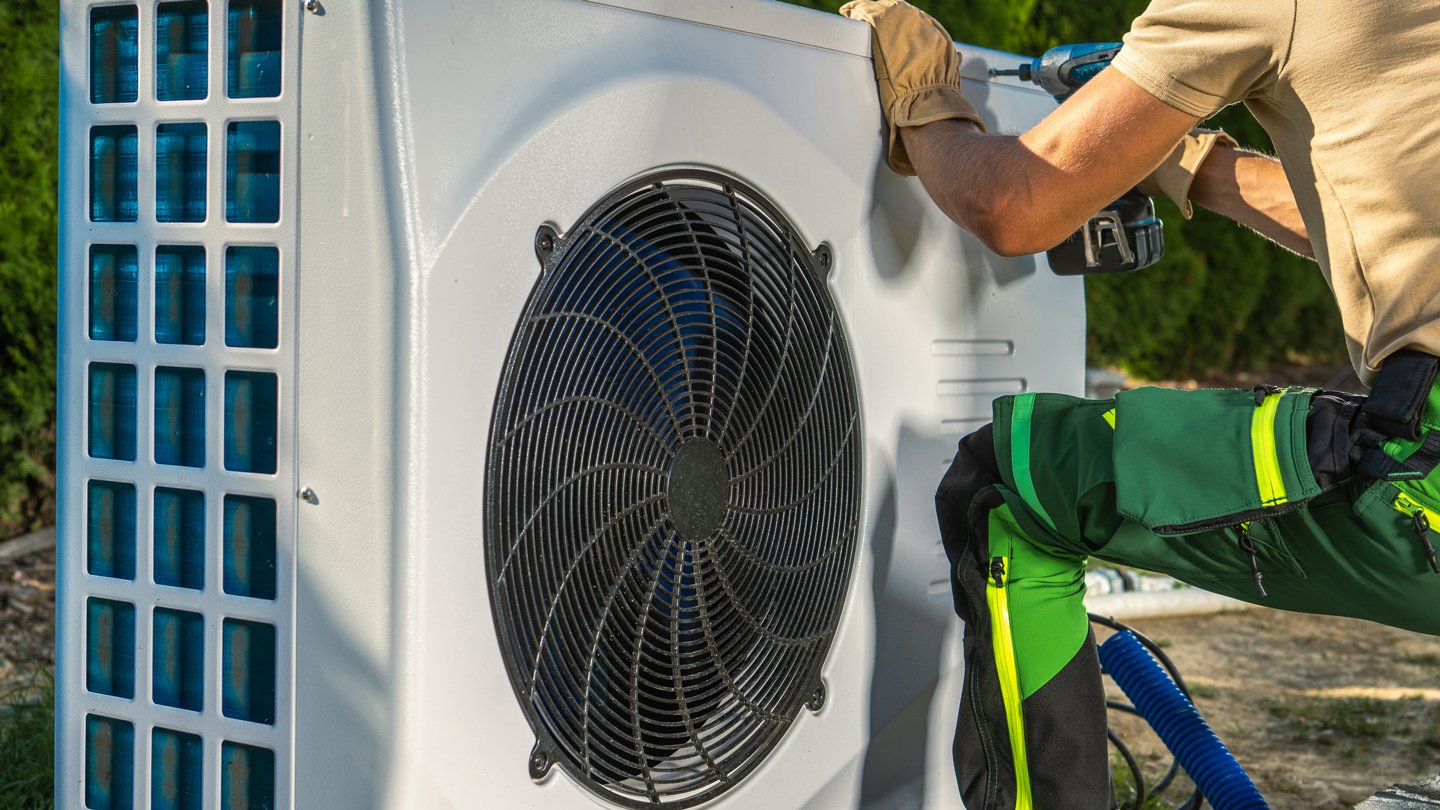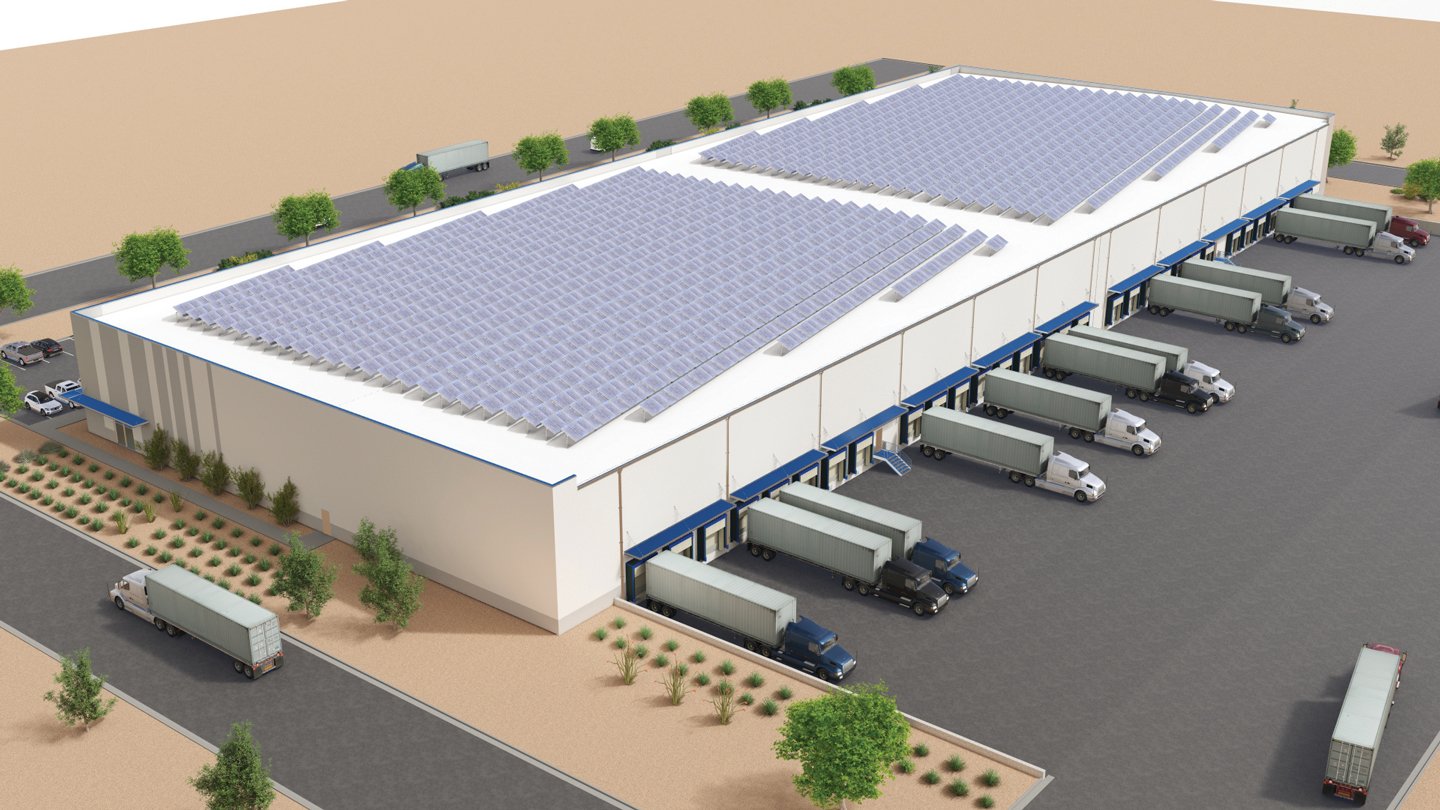
The Holy Grail of Warehouse Design: Speed to Market and Energy Efficiency
PEMBs can save time and money for the right projects.
Modern warehouse construction is a significant challenge for many companies looking to bring their projects to market quickly and efficiently. Speed and certainty in a warehouse design and construction project are critical because they directly affect return on investment. One of the most effective ways to achieve these goals is by using a pre-engineered metal building (PEMB) system. This type of construction system offers a variety of benefits, including efficient design, increased energy performance and shorter construction time. Although the benefits are numerous, there are also variables that, if left unconsidered or unanalyzed, could hurt the bottom line.
Benefits of PEMBs
One of the most significant benefits of a PEMB is its ability to offer a shorter construction schedule. As a building system, it can reduce construction time by approximately 30%-40% versus its conventional steel counterparts: concrete tilt and precast systems.
The driving force in making this possible is that PEMBs are prefabricated off-site (from steel and other metal components) and assembled on-site, eliminating many of the delays and challenges associated with conventional building methods. It should be noted that PEMBs are more effective in delivering speed-to-market and cost benefits in buildings larger than 50,000 square feet.
Another advantage of PEMBs is that they can be built in any type of weather, apart from lightning storms, making them ideal for companies that develop in areas with challenging weather conditions. This aspect eliminates delivery and supply chain issues because materials can be secured and scheduled early, reducing the risk of delays and ensuring a smooth construction process. Pricing can be locked in early, and bulk orders can further reduce cost and act as a hedge against supply chain volatility.
PEMBs also allow for tighter control over quality. Building components are manufactured in a controlled environment, which reduces the risk of defects. Thus, the buildings are not only more sustainable but also more durable and long-lasting, reducing the need for maintenance and repairs over time. PEMBs come with warranties, guaranteed for up to 25 years, depending on the program.
Sustainability also comes into play with PEMBs, which offer a leg up on the environmental goals for not only the brand or the developer but also for shareholders, consumers, jurisdictions and greater communities. For many states, PEMBs are often the more sustainable choice in helping all involved to meet statutory requirements (this is particularly true in California, where increasing and tightening energy requirements must be adhered to). In addition, the PEMB system uses recycled content in construction and less material overall compared with its conventional steel counterpart, and parts can be recycled when the building is disassembled.
PEMBs offer a more flexible design, with a variety of options for exterior building skins. Such flexibility enables an owner to choose a functional and aesthetically pleasing design, reflecting the brand’s character and personality. Furthermore, when compared with conventional steel concrete tilt buildings with membrane roofing, PEMBs can reduce operating energy by more than 15% depending on climate and embodied carbon by about 8%. This ability not only helps to lessen the environmental impact of the building but also lowers operating costs and enhances energy efficiency, saving businesses money in the long run.
Finally, PEMBs can meet or exceed building codes and local regulations, reducing the risk of delays or issues in obtaining necessary permits or approvals. Therefore, these structures are an appealing option for companies looking to build quickly and efficiently.
Case Study: The Home Depot
PEMBs clearly offer an array of benefits. Still, variables such as desired region and location, environmental factors, material costs and sustainability requirements can affect the answer to the question, “How do I know if this is the right investment for my business?” MG2 partnered with the Home Depot to answer this question.
At the onset of the partnership, MG2 conducted a series of data-driven site analyses for the Home Depot comparing PEMBs in five North American climate regions against conventional steel concrete tilt, analyzing both proven advantages and potential volatilities. The studies unearthed significant benefits for the Home Depot that aided in choosing this building system for its new Lower Heights location in Houston that opened in September 2022.
MG2 looked at regional material costs and found that, at the time, metal was more expensive than concrete. However, the PEMB had a construction schedule of 130 days, compared with 190 days for a baseline concrete tilt building, allowing the Lower Heights Home Depot store to open eight weeks sooner than a traditional building. So, the costs of the PEMB system were offset by an accelerated return on the investment due to speed-to-market gains. Although consumer sales were a factor for the Home Depot, other brands or developers may see different benefits, such as an ability to lease space quickly or bring a new food processing or manufacturing plant online in a shorter amount of time.
The PEMB building system base envelopers also contained more insulation than a concrete structure would have offered for both walls and roof. In this case, MG2 achieved a wall assembly R-value that was six times greater than its concrete alternative and a 25% R-value gain in the roof assembly. Designers also evaluated the energy cost and found that a PEMB could offer up to a 10% savings.
MG2 found that PEMBs have a smaller environmental impact because they require fewer building materials, have reduced construction periods and a lower carbon impact, and experience less maintenance and fewer repairs over time. The standing seam metal roof, for example, offers a 25-year warranty and will need to be replaced less often than traditional thermoplastic polyolefin or ballasted roof systems.
Designers calculated the total carbon impact over a 60-year life cycle, including operational carbon from energy consumption and embodied carbon from building materials, and found that the PEMBs would offer up to a 9% reduction in building life-cycle carbon emissions. Ultimately, when these findings were measured against conventional steel concrete tilt buildings, PEMBs proved to be a cost-effective, energy-efficient and sustainable solution for the Home Depot building.
A metal building system will not always be the least expensive option, however. The fluctuating nature of the cost of steel should be evaluated and weighed against the construction schedule gain. This equation will vary from region to region depending on material prices at that time.
For businesses wishing to leave their mark on the future while saving time, money and resources, modern sustainable warehouse design and construction are essential. By using a proper data-driven comparative analysis that examines advantages such as speed to market, energy efficiency and cost-effectiveness — along with variables like geography, jurisdiction, climate, and building material prices — owners can determine whether a PEMB system might help their companies make a positive contribution to their communities, the planet and their bottom line.
Doug Brookbank AIA, NCARB, LEED AP, is a principal in the Washington, D.C., office of global architecture and design firm MG2. Sarah Valluzzi RA, LEED AP BD+C, is a project manager in MG2’s Seattle office.
RELATED ARTICLES YOU MAY LIKE

Revitalization and Revenue: Office Conversions as a Way to Rebuild Cities
It’s not a panacea, but reuse can inject life into business districts.
Read More
Facility Managers Must Prepare for an All-Electric Future
Before that, many commercial buildings could benefit from hybrid electrification.
Read More
Developers Can Cash Out Tax Credits for Renewable Improvements
A major change to the tax code could greatly incentivize green construction in commercial real estate.
Read More



